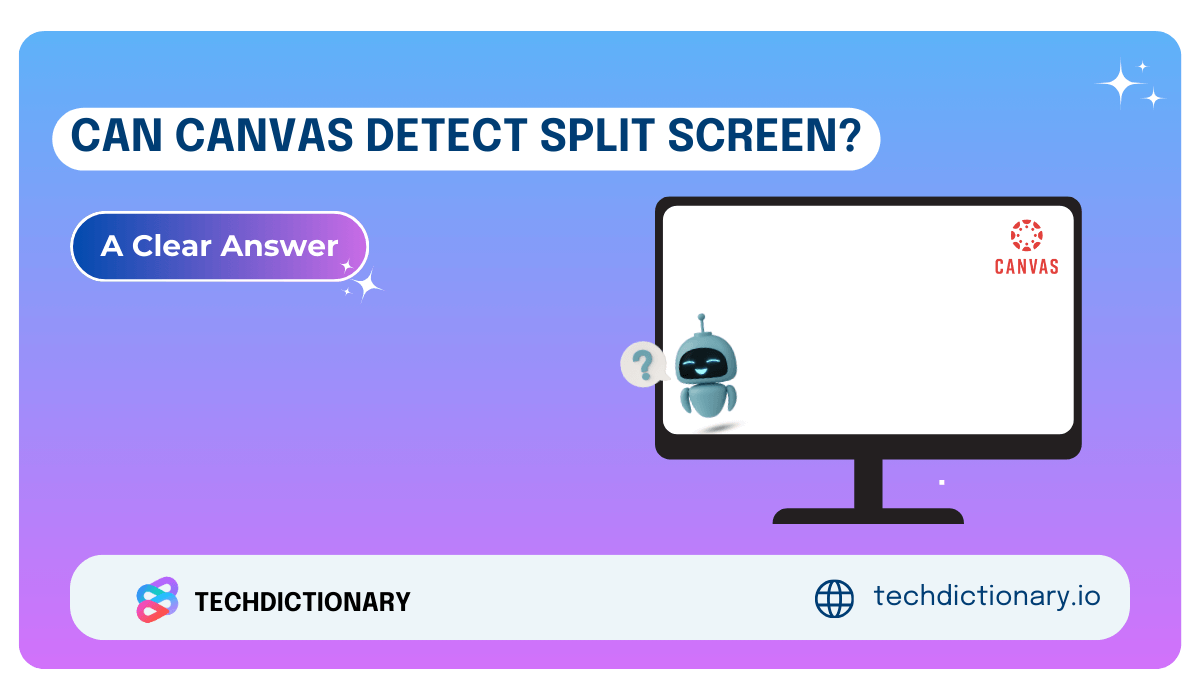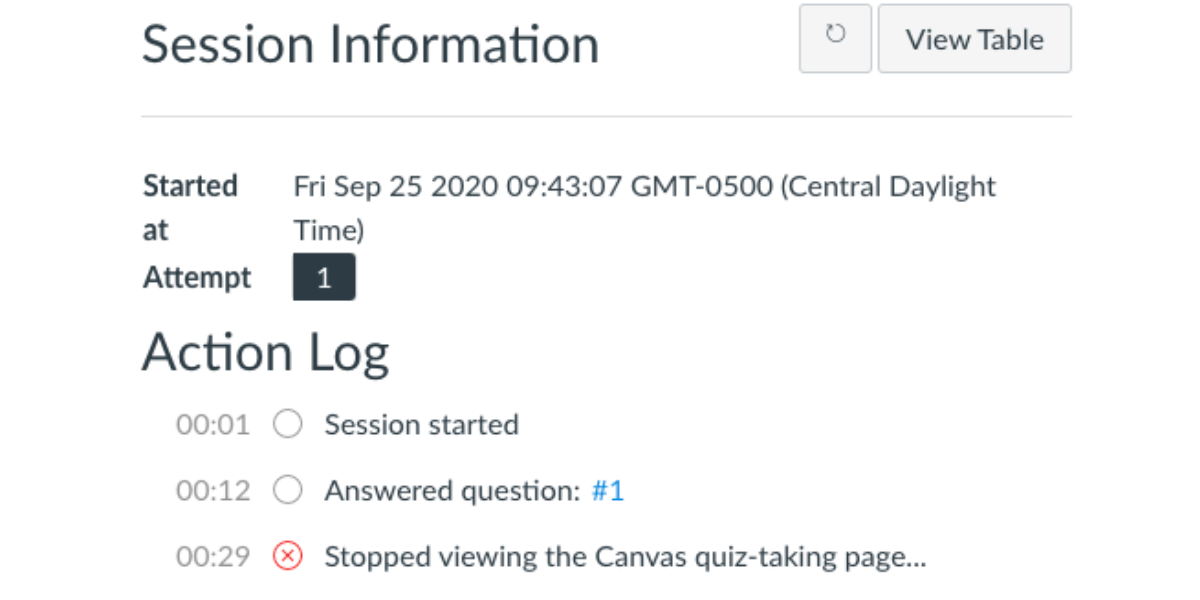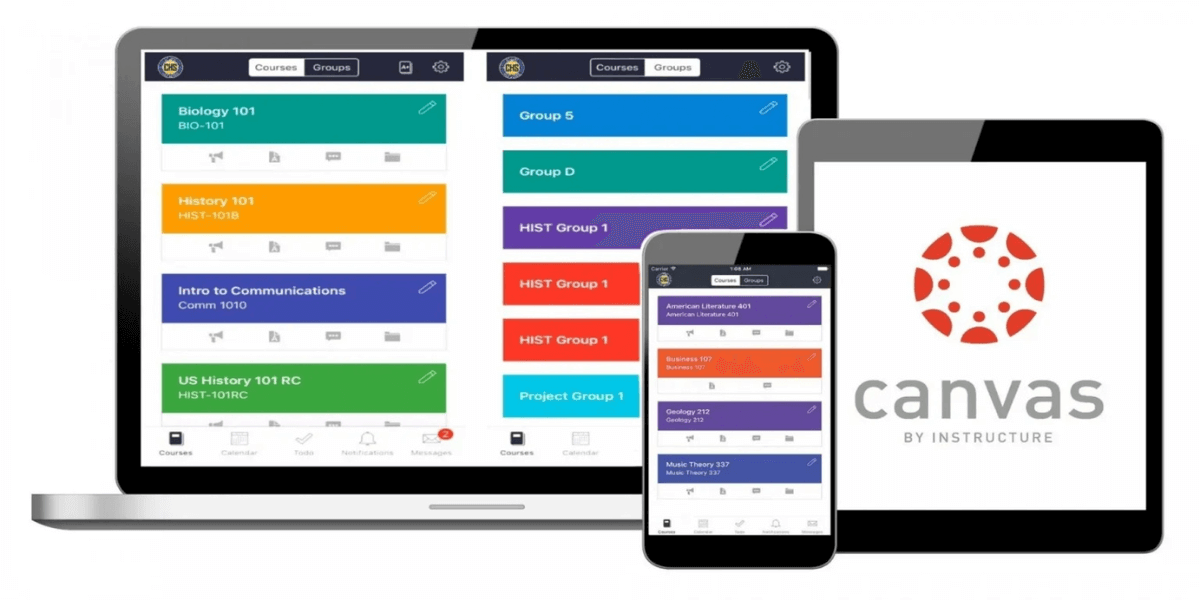
Imagine this: you’re diving into a Canvas quiz, notes on one side and Google at your fingertips. Exciting, right? But here’s the big question: Can Canvas detect split screen?
As online exams become common, it’s important to understand what Canvas tracks and what it doesn’t. This guide from TechDictionary will explain how Canvas monitors your activity, what instructors can see, and how to maintain academic integrity. Let’s get started!
No, unlike Zoom, Canvas doesn’t offer live monitoring, so instructors can’t see your screen during exams. While some quiz settings can limit certain actions, like preventing students from navigating away from the test window, Canvas doesn’t directly detect split-screen usage.
Canvas only keeps an eye on activities within its platform, so while it can’t “see” a split screen, any unusual behavior could still catch an instructor’s attention.

Can Canvas Detect Split Screen? No, but it can track log-in or log-out actions.

Can Canvas Detect Switching Windows?
No, Canvas cannot directly detect if you switch between windows or tabs. It only notices brief moments of inactivity when you click away from the quiz. However, thanks to proctoring tools, switching windows might be detected, flagged, or blocked completely. These tools may also block browser extensions like screen capture or translation to prevent cheating.
You may be interested in: Can Canvas detect Chat GPT? [Updated Feb 2025]

Split-screen Feature on Microsoft Edge (Source: Bleeping Computer)
This feature allows users to display two tabs simultaneously; however, it still calculates switching between tabs whenever a user clicks to navigate. So, yes, Canvas can detect the split-screen feature in Microsoft Edge and may see this as a sign of distraction or cheating when used with monitoring software.
Canvas provides various tracking tools that assist instructors in monitoring student behavior and maintaining academic integrity. The activity logs record when students log in, access course content, and the duration they spend on each task. During quizzes, the system can track actions such as tab-switching or periods of inactivity, which may indicate distractions or dishonest behavior.
Additionally, Canvas can integrate with proctoring software to monitor students using webcams and screen recordings during exams. Plagiarism detection tools are also available to check submitted work against existing sources, ensuring originality.
Canvas provides instructors with a variety of tools to monitor student engagement and uphold academic integrity. These tools include activity logs, proctoring, and plagiarism checks. Here’s an overview of what professors can see:
Canvas’s quiz logs let professors see what students do during an online test. By checking quiz analytics or opening a student’s quiz log, instructors can view when the test was started, any periods of inactivity, and if the student clicked away from the quiz window.
These logs are created automatically and shown in a clear format. They help instructors spot unusual behaviour, like switching tabs often or taking long pauses, and decide whether there might be any issues with how the test was taken.

Activity Logs on Canvas (Source: Instructure Community)
When enabled, proctoring tools such as Respondus Monitor allow instructors to monitor students during exams using a webcam and screen recording. These tools may also restrict browser access and flag suspicious behaviours like switching tabs or leaving the test window.

Instructor’s view of student activity logs and monitoring tools in Canvas LMS (Source: Johnson County Community College)
Canvas also integrates plagiarism detection tools that scan student submissions against a database of online content and publications. If a paper matches existing sources, it will be flagged for the instructor to review. This ensures originality and supports fair academic evaluation.
You May Be Interested In: What Percentage of Plagiarism Is Acceptable in 2025?

Turnitin integration with Canvas
You may be interested in:
How to Reduce Similarity Score On Turnitin? 7 Tips To Reduce
How to Use Turnitin for Free ? 4 Tips (100% Worked)
Canvas does not detect split-screen usage, but it threatens academic integrity and defeats the purpose of honest assessment. Upholding academic integrity is essential in education; it embodies the true spirit of learning.
Furthermore, the risks involved in using split screens during tests are significant; being caught could result in a failing grade, course failure, or even expulsion. Let’s make the most of Canvas while adhering to ethical principles. By committing to honesty, respect, and hard work, students can foster an environment where everyone has an equal opportunity to learn and succeed in their academic journeys.
So, can Canvas detect split screen? The short answer is no—Canvas doesn’t directly detect split-screen activity. However, it can log behaviors like tab switching and inactivity, which might raise concerns when reviewed by instructors or paired with proctoring tools.
TechDictionary explains how Canvas works behind the scenes, what instructors can see, and why ethical learning matters more than ever in online education. Knowing what’s tracked helps students stay informed and focused on learning the right way.
Stay smart, stay honest, and use Canvas to grow your knowledge, not just to pass the test!

